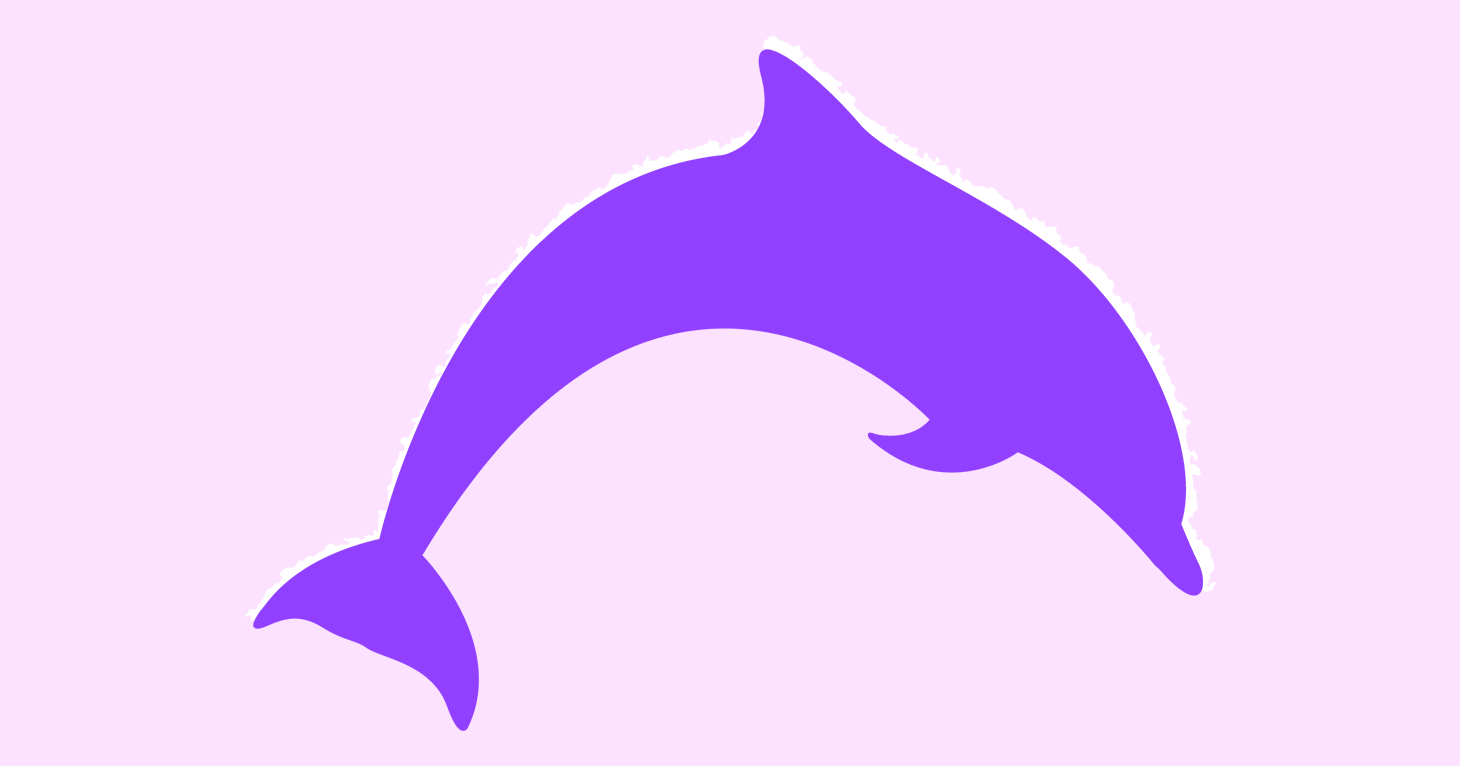
By the Numbers: Greenwashing Class-Action Lawsuits
TINA.org has tracked more than 100 lawsuits alleging greenwashing.
Lawsuits accuse country's three largest tuna producers of using fishing techniques that hurt and kill dolphins.
|
This article highlights a trend in class-action litigation as identified by our Class-Action Tracker. Thus the name of this feature, CATrends.
The story of how the term “dolphin safe” came to be printed on the label of nearly every can of tuna in the U.S. can be traced back to the 1970s, when the number of dolphin deaths tied to the tuna fishing industry reached staggering proportions.
“By the 1970s hundreds of thousands of dolphins were dying each year,” according to National Geographic. “Around the same time, people began caring about dolphins. Flipper aired on television, save-the-dolphin campaigns sprang up, and in 1988, an undercover video of dolphins dying in a purse-seine net sparked international outrage and a worldwide tuna boycott.”
Major tuna companies took notice and “began buying tuna from fishermen who didn’t kill dolphins, and labeled their cans dolphin-safe.”
But that’s not the end of the story.
To prevent fraud and affix a federal definition to the term “dolphin safe,” Congress in 1990 passed the Dolphin Protection Consumer Information Act, which made it illegal to claim a product is “dolphin safe” if it contains tuna harvested in a manner that is harmful to dolphins.
Fast forward 29 years and a string of class-action lawsuits allege that the country’s three largest tuna producers — StarKist, Bumble Bee and Chicken of the Sea — are violating the 1990 law. Despite marketing their tuna products as “dolphin safe,” including with logos on the labels, the suits claim that the companies use fishing techniques that contribute to a “substantial” number of dolphin deaths each year.
The suits against Chicken of the Sea and Bumble Bee point to the companies’ websites where they acknowledge casting purse seine nets (which enclose prey like a drawstring bag, as illustrated by Chicken of the Sea here) and longlines to catch tuna, as opposed to the individual pole-and-line method.
StarKist also uses these fishing methods to capture its tuna, according to an infographic on its website, though the company says it rejects methods such as “gill or drift nets, which are known to be dangerous to many forms of marine life.”
The suits allege that both purse seine nets and longlines put dolphins at risk. In regard to the latter, the suit against Chicken of the Sea states:
Longlines are highly indiscriminate fishing gear as they attract large numbers of target and non-target fish, as well as dolphins, that get snagged on the hooks by their mouth or other body parts when they go after the bait and then remain on the line for extended periods of time … As dolphins are oxygen breathers, most do not survive the 10-hour retrieval process. And any that do are often not released.
Craig Rexroad, director of communications at Chicken of the Sea’s parent company, Thai Union, said in a phone interview with TINA.org that the company is still reviewing the lawsuit. He emphasized that Thai Union “doesn’t own any fishing vessels” but confirmed the existence of “some pursing boats.” Asked whether that poses a problem with regard to the safety of dolphins, Rexroad said the issue was resolved with regulations passed in 1990, without elaborating further.
StarKist, which claims that it was the “first company to adopt a dolphin-safe policy in April 1990,” despite that being the same month and year that Chicken of the Sea and Bumble Bee also say they implemented their dolphin-safe policies, declined to comment on the pending litigation.
Bumble Bee did not respond to a request for comment.
Find more of our coverage on tuna products here.
This article was updated 6/27/19.
TINA.org has tracked more than 100 lawsuits alleging greenwashing.
This year reader tips led to dozens of ad alerts, as well as a complaint to regulators.
Lawsuits allege brownie brands and others lack the essential dairy ingredients to call their products fudge.


